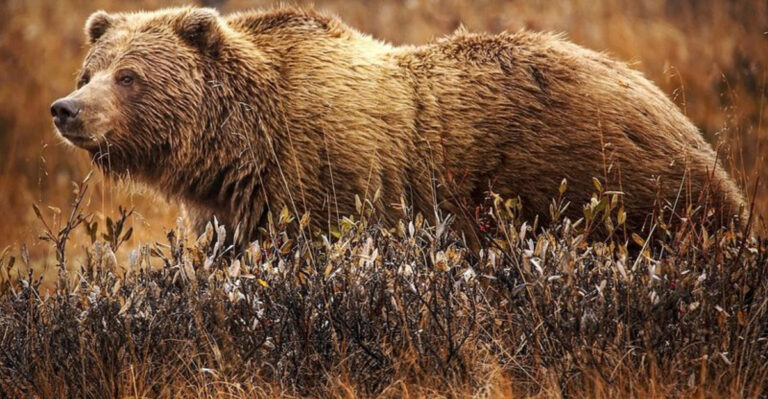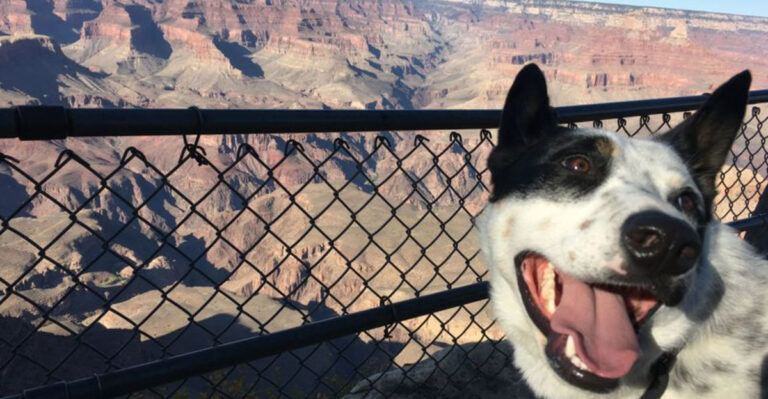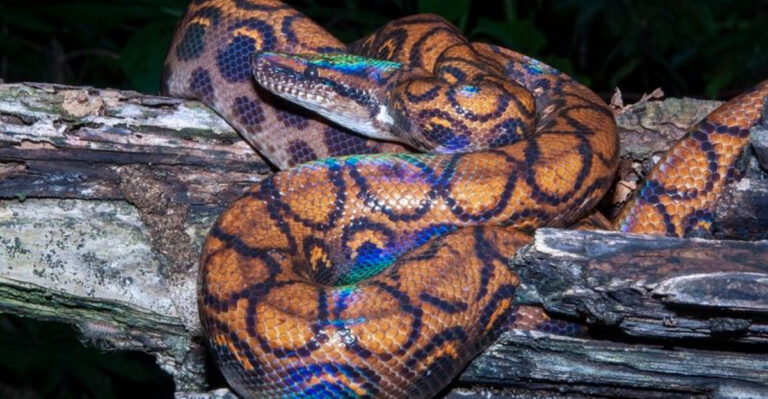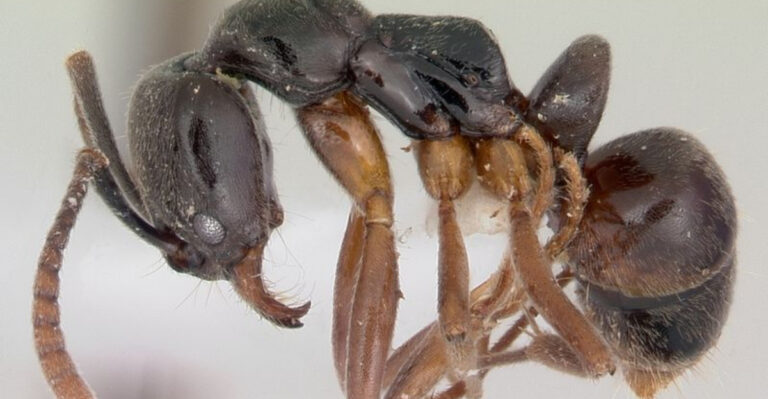14 States With The Highest Chance Of Seeing A Wild Bear
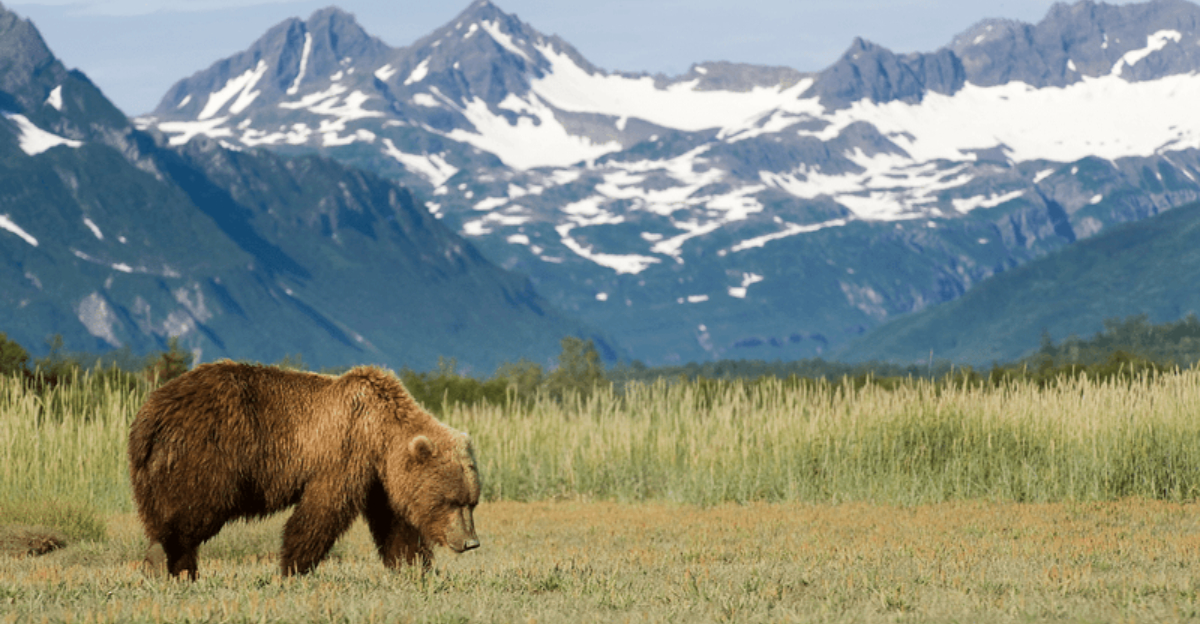
Ever wondered where you might bump into a wild bear during your outdoor adventures? Bears roam across many parts of North America, from dense forests to mountain ranges and even suburban areas in some regions.
Whether you’re an avid wildlife photographer, a nature enthusiast, or just curious about these magnificent creatures, knowing which states offer the best chance for a bear encounter can enhance your wilderness experience.
Alaska: The Bear Capital
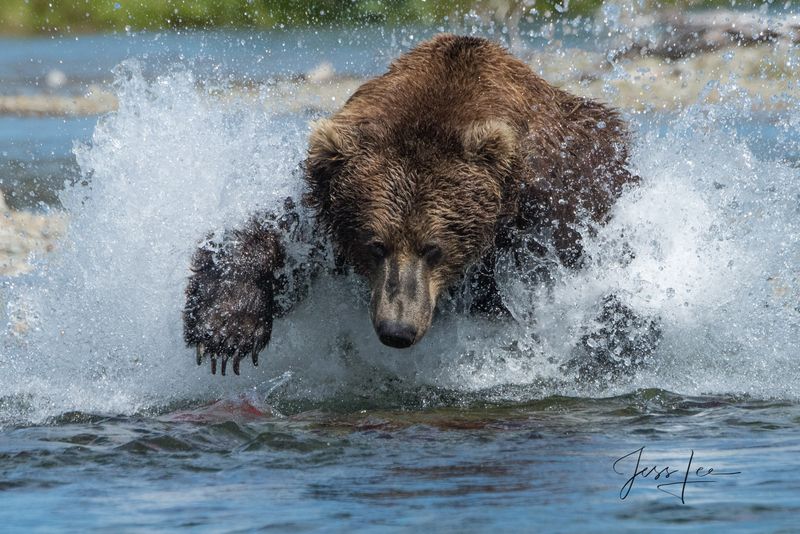
Towering mountains and vast wilderness make Alaska home to all three North American bear species – black, brown, and polar bears. The Katmai National Park offers some of the world’s best bear viewing opportunities, especially during salmon runs.
Local populations have adapted to living alongside these powerful animals. Rangers often remind visitors that you’re in bear country the moment you step off the plane.
Montana: Grizzly Country
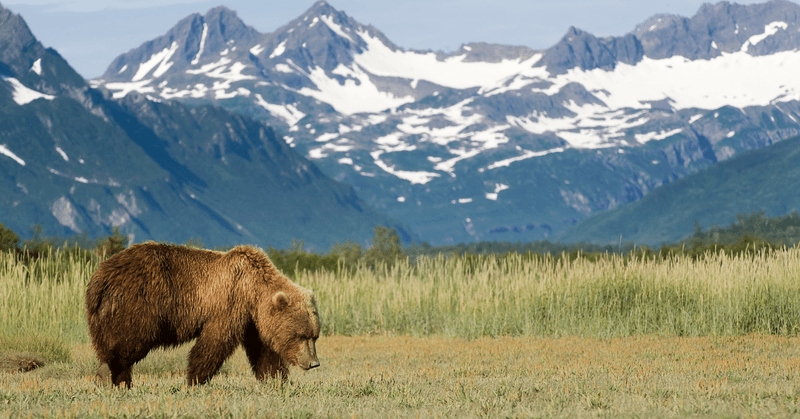
Glacier National Park serves as a sanctuary for approximately 300 grizzly bears, creating prime viewing opportunities for wildlife enthusiasts. Rangers advise carrying bear spray whenever hiking the park’s 700+ miles of trails.
Montana’s diverse landscape provides ideal habitat for both grizzly and black bears. Local conservation efforts have helped stabilize bear populations after decades of decline.
Wyoming: Yellowstone’s Bear Haven
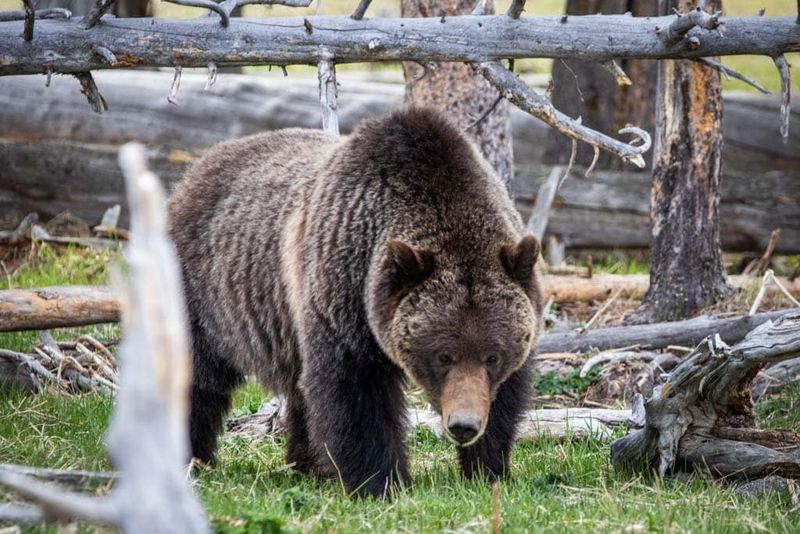
Famous for Old Faithful, Yellowstone National Park also hosts approximately 700 black bears and 150 grizzlies. Early morning drives along park roads often yield sightings of bears foraging in meadows.
Grand Teton National Park adds another prime bear habitat to Wyoming’s impressive wildlife portfolio. Rangers recommend staying at least 100 yards away from any bear you encounter.
Colorado: Black Bear Paradise
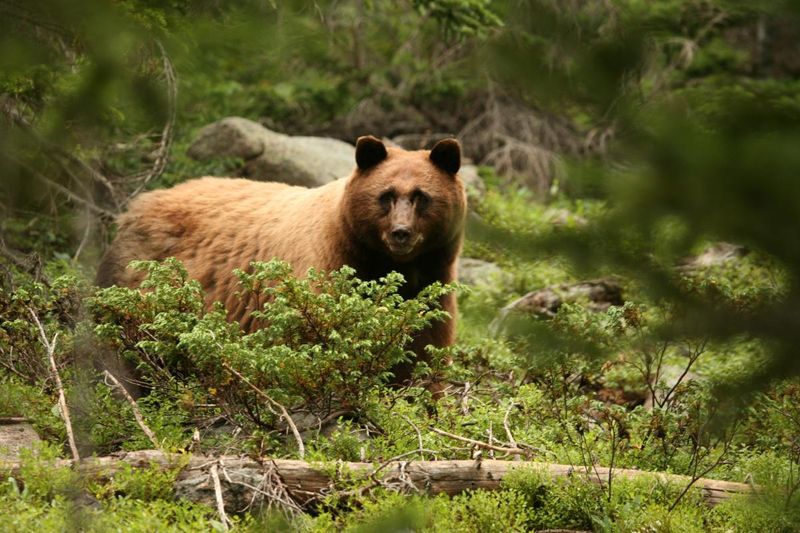
Rocky Mountain landscapes provide perfect habitat for an estimated 17,000-20,000 black bears. Summer months bring bears into valleys searching for berries and other natural foods.
Colorado’s bears have a distinctive cinnamon coloration that often surprises visitors expecting only black-colored bears. Wildlife officials work tirelessly to reduce human-bear conflicts in mountain communities through education programs.
California: Bear State Republic
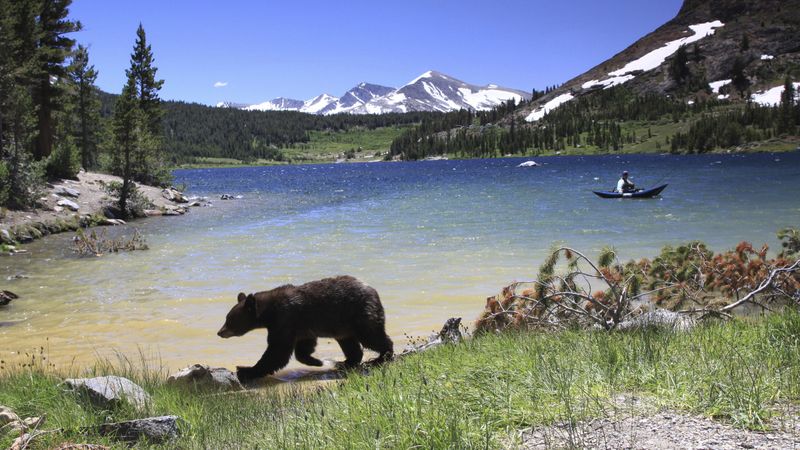
Yosemite National Park offers some of California’s best bear watching opportunities, with approximately 300-500 black bears calling the park home. Despite the state flag featuring a grizzly, only black bears remain in California today.
Sierra Nevada mountains provide extensive habitat for these intelligent creatures. Park rangers have implemented innovative food storage systems after bears demonstrated remarkable problem-solving abilities.
Washington: Cascade Mountain Bears
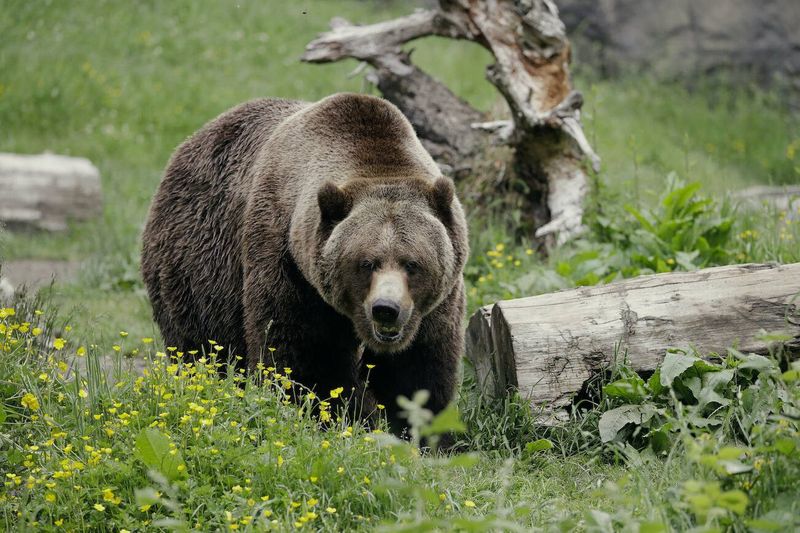
North Cascades National Park harbors one of the few remaining grizzly populations in the lower 48 states. Black bears are much more common, with thousands roaming the state’s extensive forests.
Olympic National Park’s diverse ecosystems support healthy bear populations. Fall berry season transforms high mountain meadows into bear dining rooms, creating excellent viewing opportunities for patient hikers.
Idaho: Wilderness Bear Territory
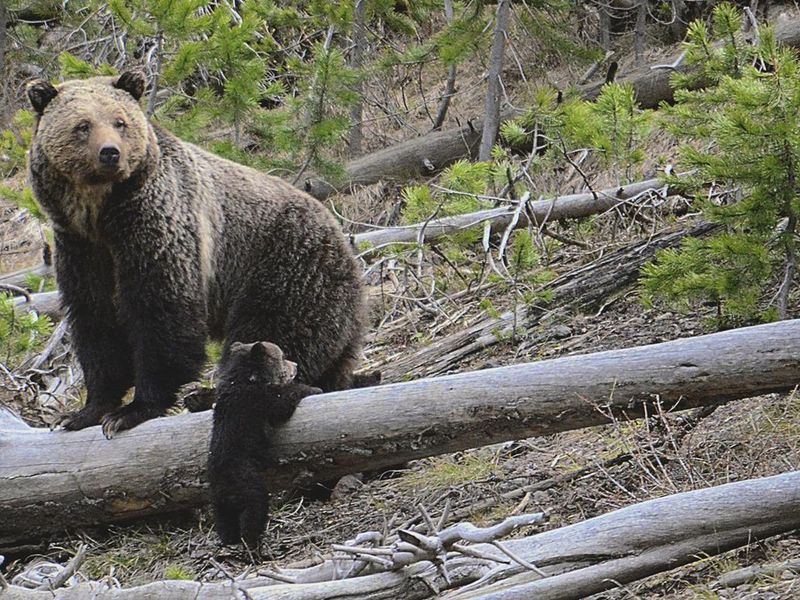
Remote wilderness areas make Idaho a haven for both black and grizzly bears. The Selkirk Mountains in northern Idaho host a recovering grizzly population that crosses freely between Idaho, Washington, and Canada.
Berry patches near hiking trails often attract hungry bears during summer months. Local outfitters offer guided bear-watching trips that combine safety with amazing wildlife photography opportunities.
North Carolina: Smoky Mountain Bears
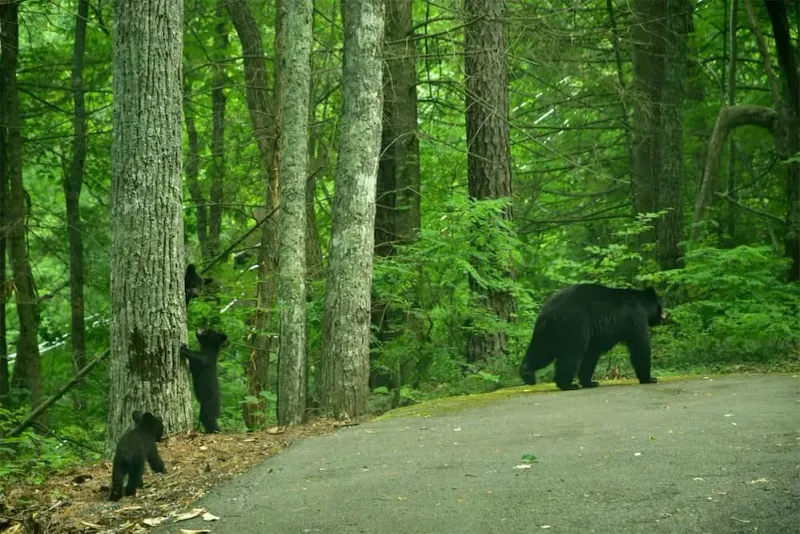
Great Smoky Mountains National Park boasts the highest density of black bears in the eastern United States. Approximately two bears per square mile roam these ancient mountains, thriving in the park’s protected forests.
Cades Cove Loop Road offers one of the most accessible bear viewing opportunities in the East. Morning and evening hours provide the best chances for spotting these normally shy creatures.
Minnesota: Northern Wilderness Bears
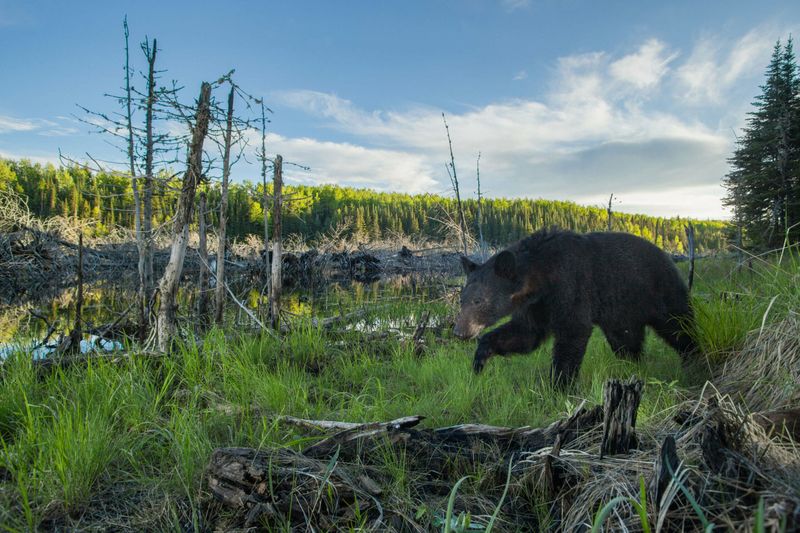
Boundary Waters Canoe Area offers paddlers the chance to spot black bears along remote shorelines. These northern bears grow larger than their southern counterparts, preparing for the region’s harsh winters.
Minnesota’s vast forests provide ideal habitat for approximately 12,000-15,000 black bears. Local conservation efforts have helped the population recover from historical lows, making bear sightings increasingly common for outdoor enthusiasts.
Michigan: Upper Peninsula Bear Country
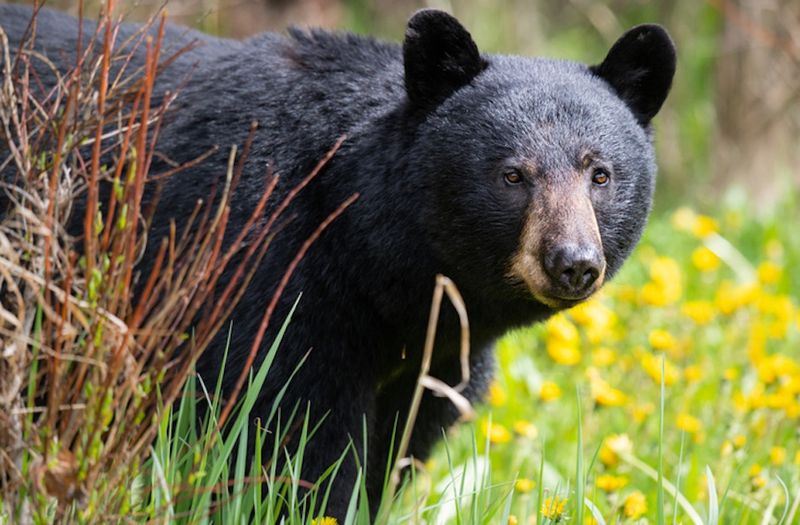
Michigan’s Upper Peninsula hosts approximately 10,000 black bears roaming its extensive forests. Spring and early summer bring bears into open areas searching for fresh vegetation.
The Seney National Wildlife Refuge offers protected habitat where bears thrive. Local restaurants in small UP towns often display photos of bears visiting backyard bird feeders, highlighting the close proximity of wilderness to civilization.
Wisconsin: Northwoods Bear Habitat
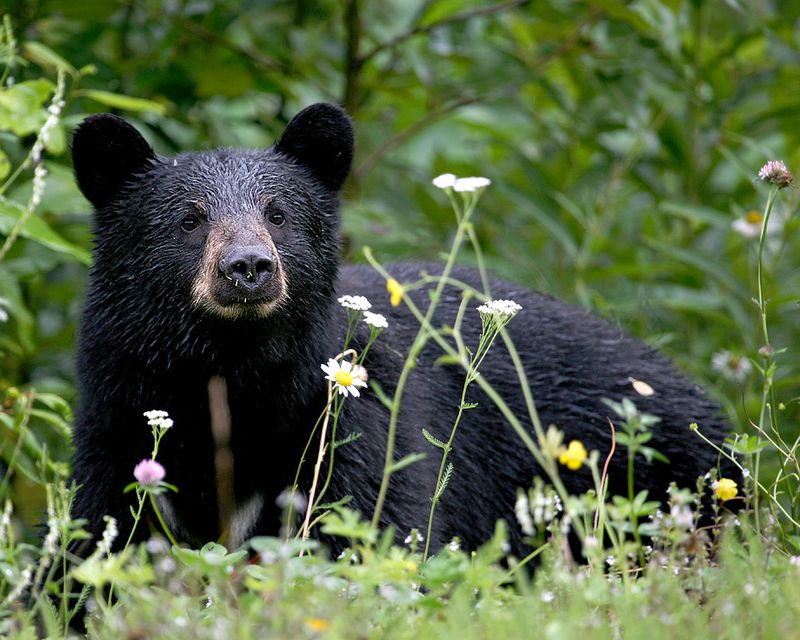
Northern Wisconsin’s forests support approximately 24,000 black bears, one of the densest populations in the Midwest. Berry patches and oak forests provide abundant natural food sources that attract bears throughout summer and fall.
The Chequamegon-Nicolet National Forest offers prime bear habitat across its million-plus acres. Local hunting guides have tracked generations of bears, developing intimate knowledge of their movement patterns and behaviors.
Maine: Northeastern Bear Haven
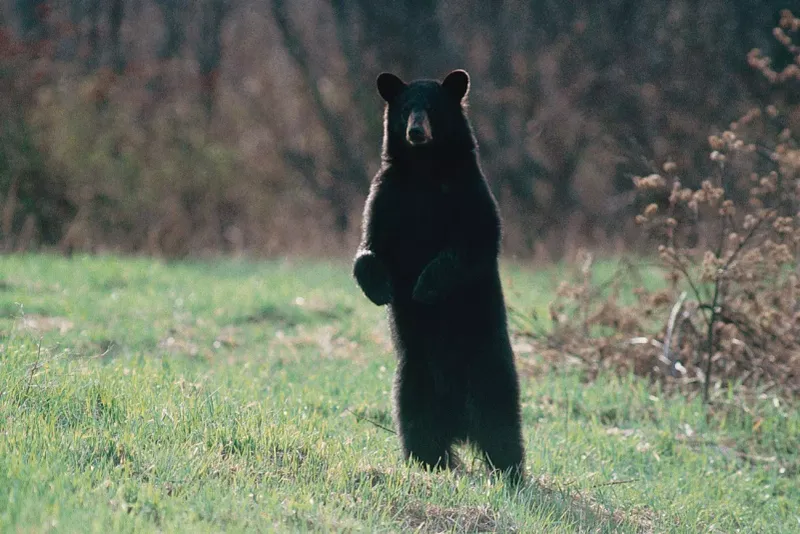
Maine’s vast forests support the largest black bear population in the eastern United States, estimated at 35,000 animals. Remote logging roads provide access to prime bear habitat for wildlife watchers.
Baxter State Park offers protected wilderness where bears behave naturally with minimal human influence. Local guides have perfected techniques for safely observing these magnificent animals in their natural environment.
Pennsylvania: Appalachian Bear Territory
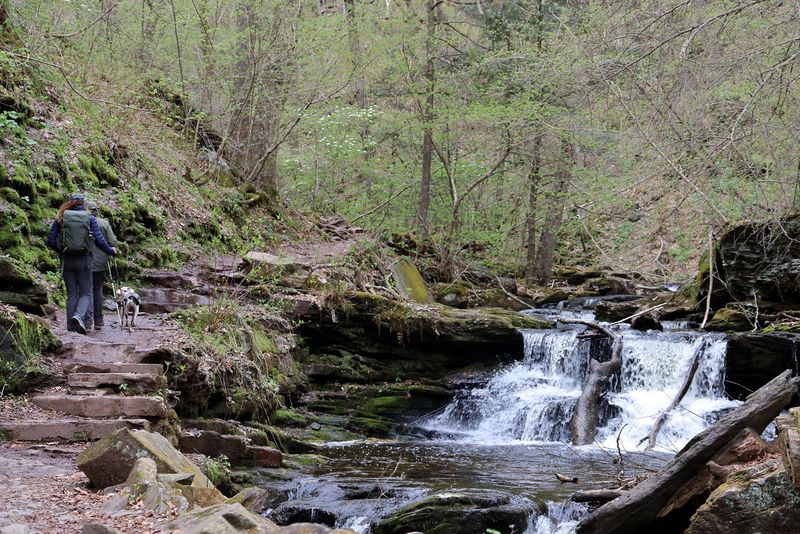
Pennsylvania’s Appalachian Mountains harbor approximately 20,000 black bears, with some males weighing over 600 pounds. Cherry and oak forests provide abundant fall food sources that help bears fatten for winter.
Ricketts Glen State Park offers hikers the chance to spot bears along its famous waterfall trails. Conservation officers work with farmers to reduce conflicts as bear populations continue expanding into more populated areas.
New Jersey: Surprising Bear Density
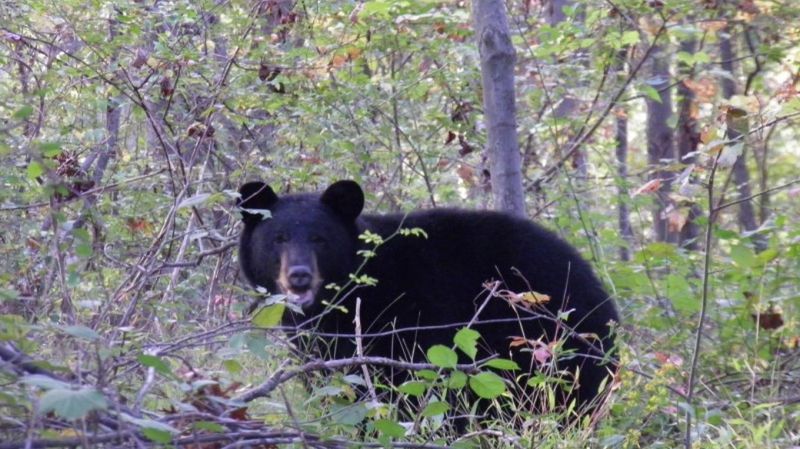
Despite being the most densely populated state, New Jersey hosts approximately 3,000 black bears. The northwestern counties offer the best chance for sightings, especially in the Delaware Water Gap area.
Suburban encounters have increased as bears adapt to human presence. Wildlife officials have implemented innovative education programs to help residents coexist with their wild neighbors in this surprisingly bear-rich state.


